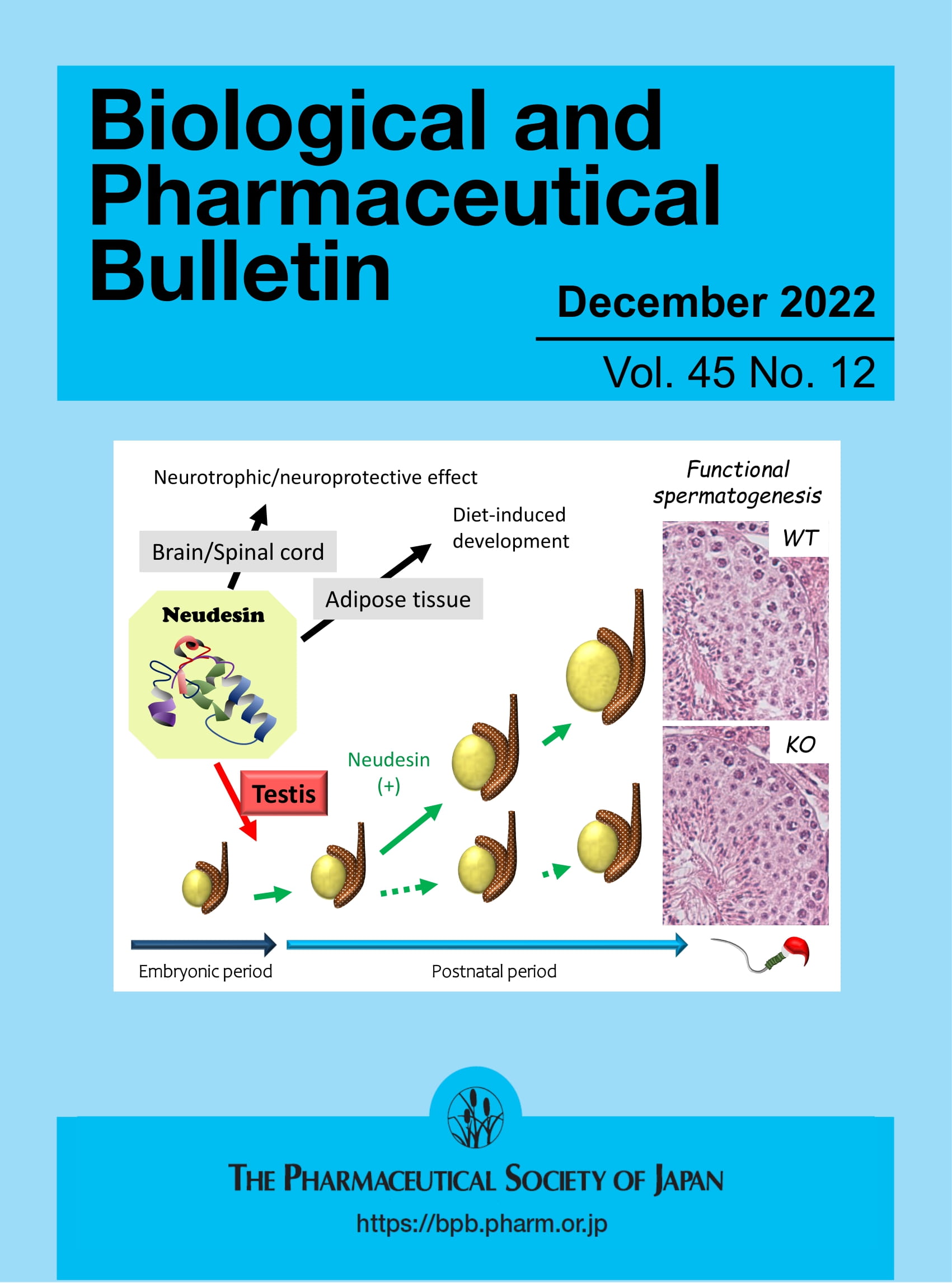A Green Analytical Method for Differentiating Fresh and Stored Green Teas via Determining Their Tricarboxylic Acid Organic Acids
IF 1.7
3区 化学
Q4 BIOCHEMICAL RESEARCH METHODS
引用次数: 0
Abstract
Rationale: Tea is a popular nonalcoholic beverage; nevertheless, some traders utilize stored tea as a substitute for fresh tea, a practice that has had a nasty effect on the market. Thereby, it is necessary to develop an objective method to distinguish between fresh and stored tea samples.
Methods: In this work, a simple method has been developed for the determination of eight organic acids of the tricarboxylic acids (OTCAs), including citric acid, malic acid, α-ketoglutaric acid, cis-aconitic acid, succinic acid, malonic acid, and fumaric acid, in 38 tea samples. The extraction and pretreatment of OTCA in tea were conducted using a 0.1% formic acid solution and activated carbon.
Results: The LOQ (10 S/N) of the method is between 0.47 and 0.9 ng/mL, the method RSD ≤ 10%, the surface method is stable and reliable, and the AGREEprep score, which corresponds to the method's performance, was calculated to be 0.59, indicating that the method aligns with the principles of green analytical chemistry. Then, these OTCAs in 38 tea samples were simultaneously determined by LC–MS analysis of the extract.
Conclusion: It is noteworthy that distinctive differences in the concentration have been obtained for malic acid, succinic acid, and α-ketoglutaric acid in the fresh tea versus the stored tea, respectively, indicating that these OTCAs can be selected as the potential biomarkers for the differentiation of stored tea samples from fresh ones.



用三羧酸、有机酸测定方法鉴别新鲜绿茶和储藏绿茶的绿色分析方法
理由:茶是一种受欢迎的无酒精饮料;然而,一些贸易商利用储存的茶叶作为新鲜茶叶的替代品,这种做法对市场产生了恶劣的影响。因此,有必要开发一种客观的方法来区分新鲜和储存的茶叶样品。方法:建立了测定38份茶叶样品中柠檬酸、苹果酸、α-酮戊二酸、顺式乌头酸、琥珀酸、丙二酸、富马酸等八种三羧酸(OTCAs)有机酸的简便方法。采用0.1%甲酸溶液和活性炭对茶叶中的OTCA进行提取和预处理。结果:该方法的定量限(10 S/N)在0.47 ~ 0.9 ng/mL之间,方法RSD≤10%,表面法稳定可靠,计算出与方法性能相对应的AGREEprep评分为0.59,符合绿色分析化学原则。然后,采用液相色谱-质谱法同时测定38种茶叶样品中的otca。结论:值得注意的是,鲜茶中苹果酸、琥珀酸和α-酮戊二酸的浓度与储藏茶中存在显著差异,表明这些otca可以作为储藏茶与保鲜茶鉴别的潜在生物标志物。
本文章由计算机程序翻译,如有差异,请以英文原文为准。
求助全文
约1分钟内获得全文
求助全文
来源期刊
CiteScore
4.10
自引率
5.00%
发文量
219
审稿时长
2.6 months
期刊介绍:
Rapid Communications in Mass Spectrometry is a journal whose aim is the rapid publication of original research results and ideas on all aspects of the science of gas-phase ions; it covers all the associated scientific disciplines. There is no formal limit on paper length ("rapid" is not synonymous with "brief"), but papers should be of a length that is commensurate with the importance and complexity of the results being reported. Contributions may be theoretical or practical in nature; they may deal with methods, techniques and applications, or with the interpretation of results; they may cover any area in science that depends directly on measurements made upon gaseous ions or that is associated with such measurements.

 求助内容:
求助内容: 应助结果提醒方式:
应助结果提醒方式:


